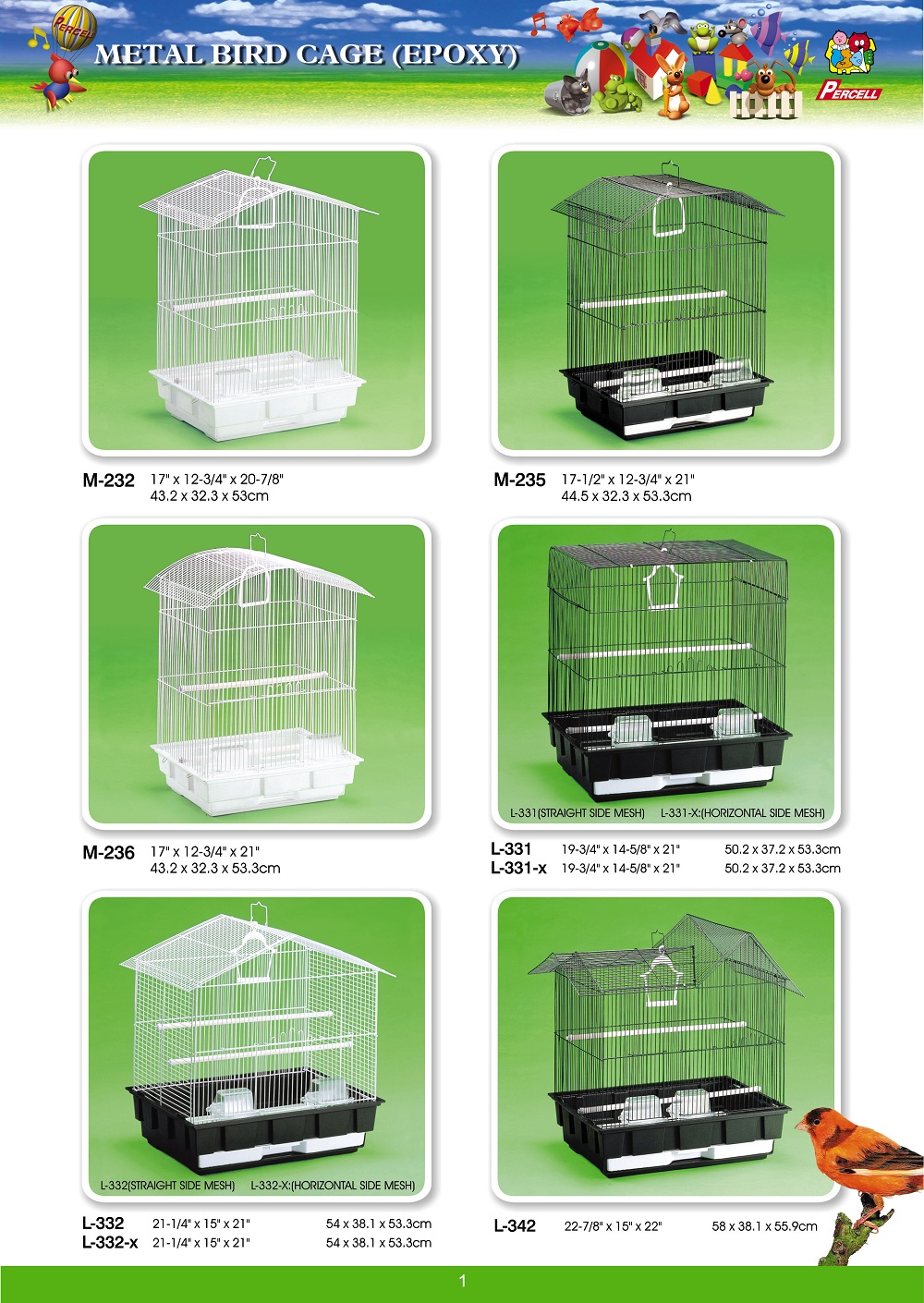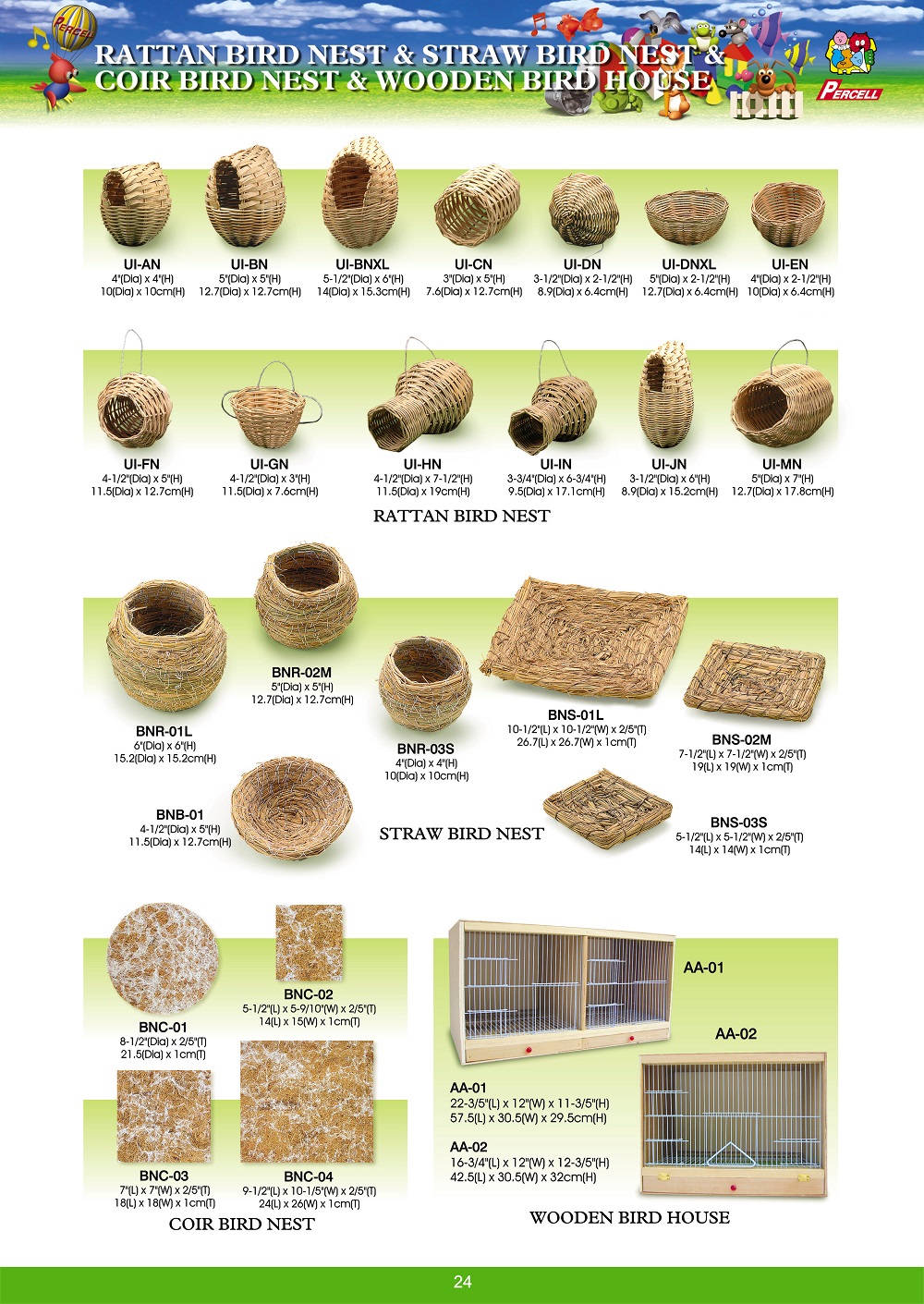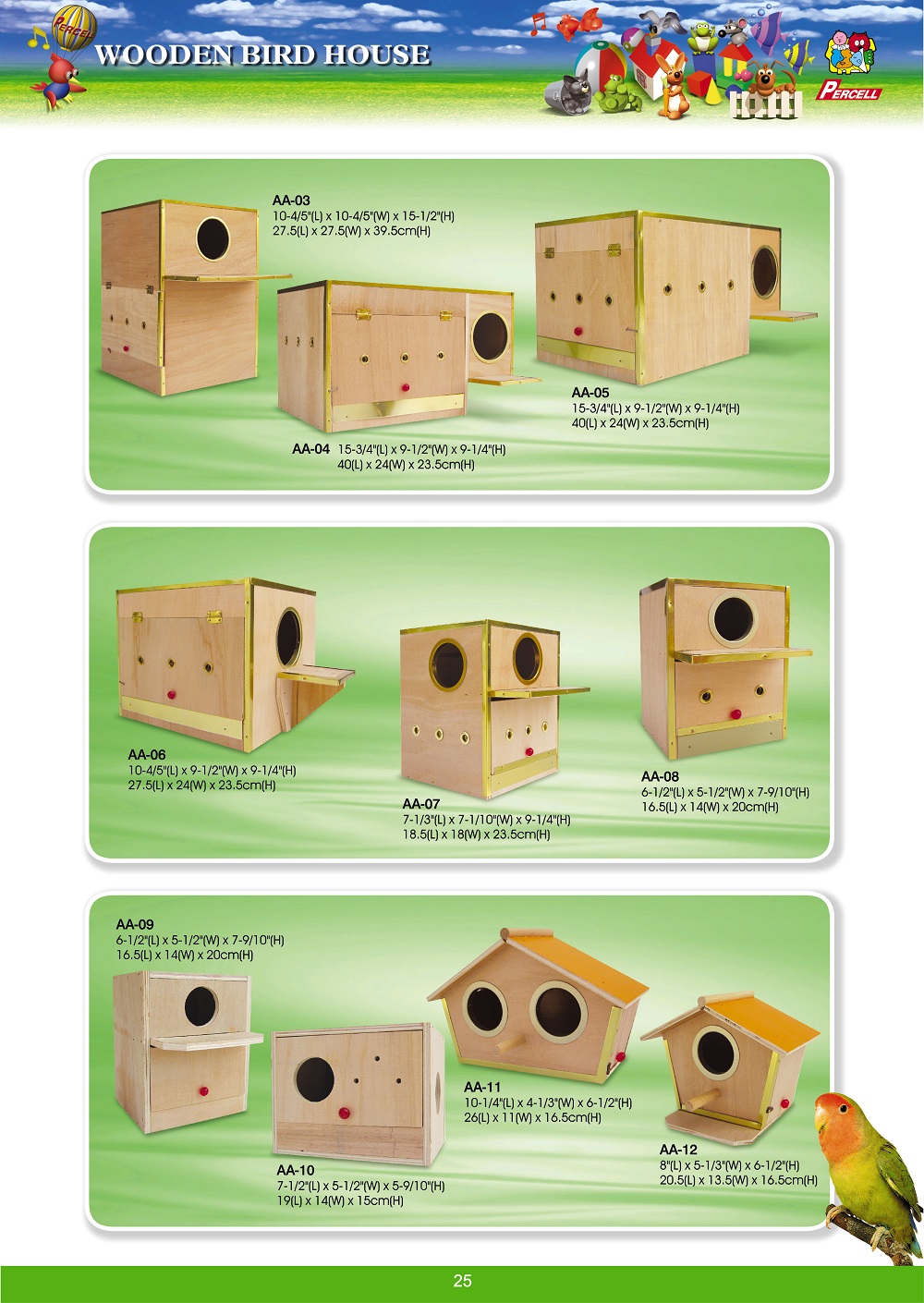To fully digitalize the printing production process, one of the most important issues must be solved: how to integrate traditional color separation films into digital processes or digital printing. With the rapid development of the printing industry, it is an indisputable fact that computer-based plate making gradually replaces color separation films. It is just waiting for the moment. For the time being, it refers to the market acceptance of non-printing, including quality, cost and production efficiency. The change of these consumption patterns will take time. The machine operator refers to whether it is in line with production efficiency to support supporting equipment without printing. Factors such as equipment investment and operating costs, production efficiency, and stability are factors that buyers consider when transitioning to full-scale production. There are four aspects that must be confirmed when converting a color separation film to a digital image. First, the quality of the converted digital color separation document must be equivalent to the output quality of a conventional (or used) color separation film. Otherwise, buyers who require high-quality printing must be lost. Second, the separation of output files must have cross-platform features, work on different platforms, and still have high-quality print quality. Third, operating costs must be competitive, allowing operators to have sufficient profit returns as a basis for attracting long-term investors. Fourth, efficiency. When you encounter a large number of color separations that need to be converted into digital files, you must have high productivity and do all the work in a short period of time. Using the Renaissance II dot-sweeping system to test the practice is a theoretical validation. In order to explore the feasibility and economic benefits of the combination of traditional color separation films and digital processes, this article attempts to understand the practical problems that existing color separation film transition digital environment will encounter from the perspective of hardware in the market. Looking at the market's existing digital conversion equipment, it is a good idea to provide channels for traditional color separation films to move into digital processes. The journal visited CreoScitex in particular to lend out its R&D network scanning system and related facilities for testing purposes. Henry Tong, the company’s technical specialist, introduced the Renaissance II dot scan system to the author. The main purpose of the development of this system is to provide an effective channel for the traditional color separation film to the digital production process. The system's Copydot scanner converts the dots of color separation films into digital files using advanced scanning techniques. The entire conversion process is the responsibility of the system's workbench. The workbench removes non-network stains and afterimages, calculates the value-added curve of outlets based on the input data, and adjusts the output outlet value. All adjustment data can be stored as a backup. In addition to introducing the features of the system and supporting software to the publication, the company also converted the color separation film of the publication two years ago according to the requirements of this publication to a digital color separation file using its dot scanning system. The whole process is handled by a color separation sheet (the color separation sheet must be cleaned to reduce the grime of the non-printed portion) and the upper drum (the color separation sheet only needs to be inserted in the inner wall of the dot-dot scanner glass drum, and it can tolerate a 7-degree tilt, and It takes about 6 minutes to process two A4 color separation films at a time.) After quality verification, the digital files are output as color separation films to compare the quality of the reproduction of the multiplex films. The main purpose of this attempt is to measure the degree of facsimile of such a conversion system from a practical point of view, and then to predict the preservation value and market space of the color separation film. Renaissance II small files * Enter the maximum film size: 325×521mm/ 12.8×20.5in * Scanning speed of outlets: depending on the image quality, the quality is generally (480 to 2,400 dpi), 20 frames per hour, high quality (640 to 3,200 dpi), 16 frames per hour, and extremely high quality (800 to 4,000 dpi). /hour * Output file dpi, depending on user's South Africa adjustment settings (480 to 4,000 dpi) * After the scanning of the outlets is completed, users can preview the relevant data and image effects on the monitor at the first time. References to the test results are sub-tapered and the quality is quite high. Although the color separation film is slightly changed after storage (the original color separation sheet has turned black), the cover sheet can still save most of the printing. Information. As stated by the writer, the converted digital documents must be highly authentic and must have cross-platform features. Otherwise, printers, publishers or copyright holders who already have a large number of separations cannot be attracted to the traditional operating model. , full investment in all-digital areas. This time, using the Renaissance II test, we can see that the time required for the entire color separation film scanning process is very short, and that professional skills are not required. For investment considering digital solutions, there is no need to worry about the introduction of hi-tech technology. Professional training, or human error caused by complicated operations. Therefore, the remaining issues to be considered are economic costs such as operating costs and rates of return. The author himself is not very good at dancing and therefore should not be discussed here. However, one thing is certain: Although the color separation film has survived, it still has room for survival. This point can be known from the continuous sales of equipment and consumables. It seems that it cannot be something that can happen in five years if the separation film disappears in the printing market.
The most important product in keeping birds
is bird cages. They are essential in keeping birds safe and secured in a
contained environment. We offer different sizes, shapes and designs of bird
cages in our range and also accessories that go with bird cages to give your
birds a comfortable living space.
Not only supplying products for pet birds, we
also offer rattan bird nest and straw bird nest for wild birds that come by to
stay for a season. There are different shapes and sizes of rattan bird nest in
our range for you to choose from.
We also offer wooden Bird Houses that cover
up the house in all sides but leaving the front with wired panel or a small
entrance and exit to protect baby birds.
ABOUT US
PERCELL PET is established in 1978 with offices located in Taipei, Taiwan and Guangdong, China. Currently, Percell Pet partners with more than 49 distributors around the world and carries thousands of quality pet supplies for dogs, cats, birds, fresh and salt water fishes, reptiles and small animals, like rabbits and ferrets, etc from Taiwan and China.
We supply popular and classic pet products around the world and also OEM products at your needs.



Bird Houses
Bird Houses,Hooded Bird Nest,Wood Bird House,Rattan Bird House
PERCELL PET SYSTEM CO., LTD , http://www.percell-pet.com